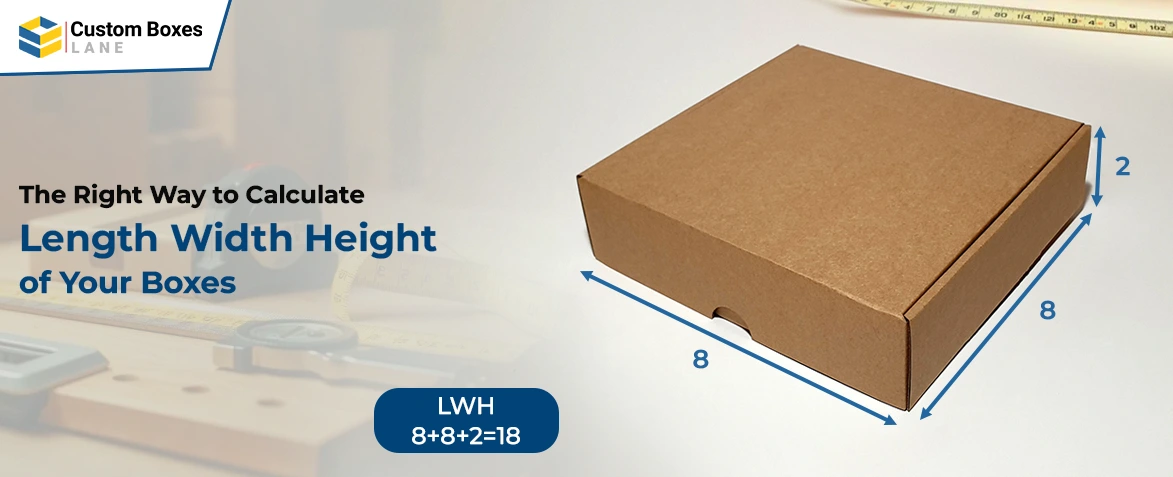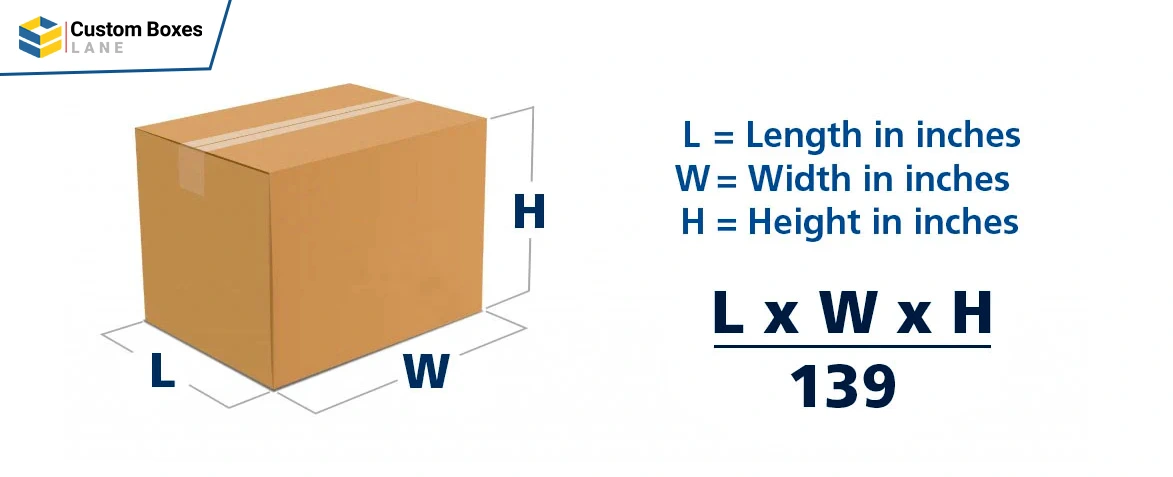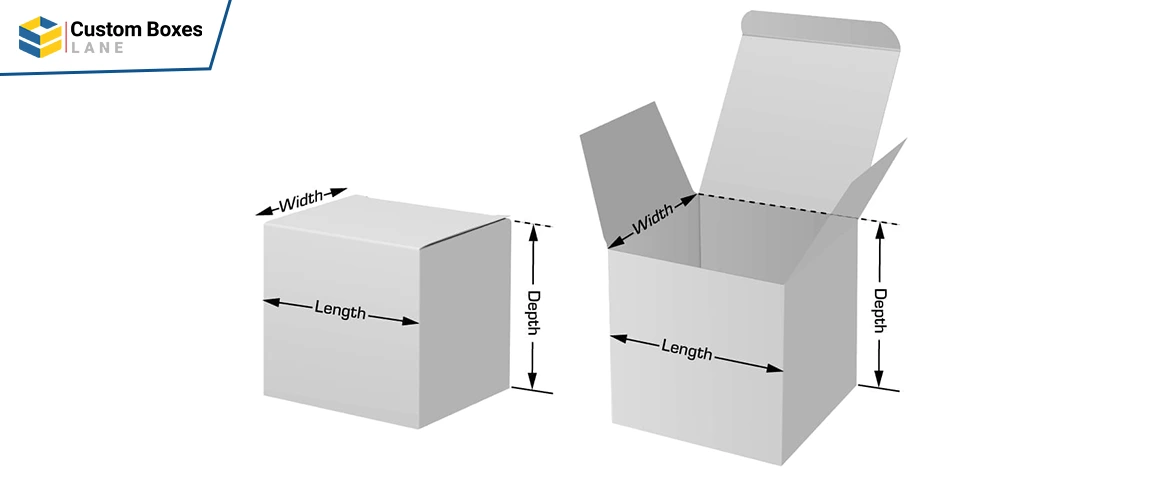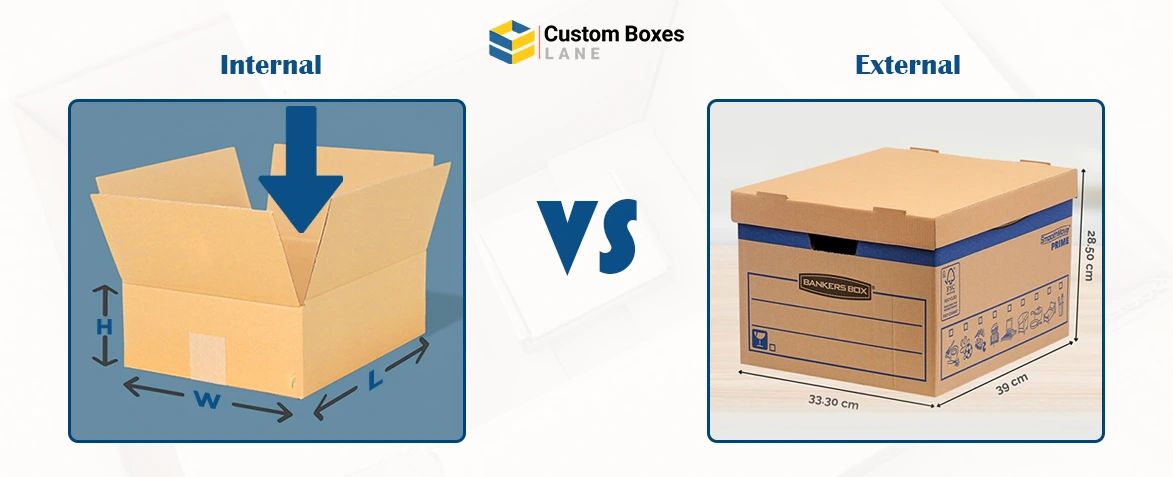The Right Way to Calculate Length Width Height of Your Boxes
2025-04-11 11:04:30

Packaging is one of the most important factors in influencing a customer’s purchasing decision. The primary purpose of packaging is to keep the products safe. But, how to know which packaging is perfect for your product? And more importantly, how to find the perfect box to fit your products? Read this blog to know why calculating the dimensions is important and more.
Why Calculating the Dimensions is Important?
Knowing the length width height, simply known as dimensions, of any packaging is important for many reasons. Here are a few important reasons why knowing the dimensions of a box is important when it comes to product packaging:
-
Product Protection
The first and most important thing is to keep the products protected. Not having the accurate size of the box can damage the products during shipping. Product protection also influences the customer purchasing decision and retention.
-
Space Utilization
Brands need to know the exact space these packages will be taking for efficient space utilization. This is why it’s important for your brand to know the dimensions of the box. You can manage better storage planning and optimize the space where these boxes will be kept.
-
Shipping Costs
Shipping costs vary as every box has a different weight, and that’s why it’s important to order the accurate box size. To avoid unnecessary shipping costs, you must calculate the product’s dimensions which will help you calculate the accurate dimensions for the boxes.
How to Calculate the Dimensions?

To calculate the dimensions, it’s very important to know three units of measurement; length width height. The dimensions are represented as L x W x H. In many cases ,length is replaced by depth and it is represented as W x D x H. Remember these four things when calculating the dimensions:
-
What is Length?
Length is the longest side of the box when looking at the box from the top. It is represented as L when calculating the dimensions. When writing the dimensions, usually length comes first.
-
What is Width?
Width is the shortest side of the box when looking at the box from the top. It is represented as W when calculating the dimensions. Width comes after length when writing the dimensions.
-
What is Height?
Height is perpendicular to width and height. It is represented as H when calculating the dimensions. Height comes at the last spot when writing the dimensions.
What is Depth in Dimensions?

Most packaging boxes have depth in the dimensions that can be a bit confusing. Depth is the other name for height which means it is perpendicular to width and length. Depth is represented as D in dimensions. The formula for representing dimensions with depth is W x D x H.
Calculating Dimensions of Two-Dimensional Boxes
Mot every packaging box has three dimensions, some packages like envelopes are shipped flat and have only two dimensions; length and width. These boxes are called two-dimensional. Items such as photographs, canvas, and legal documents are shipped in two-dimensional packaging. is represented as L x W.
Calculating Dimensions Three-Dimensional Boxes
Most boxes such as kraft, cardboard, and rigid, have three dimensions hence they are called three-dimensional boxes. Most boxes are shipped flat yet they have three dimensions when glued together. Products such as bags, garments, shoes, makeup, skincare, etc. are shipped in these boxes. The dimensions for these boxes are represented as L x W x H.
Calculating Dimensions in Different Units
It is important to know the dimensions of different units to communicate the right dimensions to the manufacturer and customers. Not every customer uses the same measuring units for dimensions, and this can create problems in communication. Here are three measuring units you must know:
-
Dimensions in Inches
The standard size almost everywhere is calculating the dimensions in inches. Most brands and manufacturers use this standard to calculate the dimensions of the boxes. It is important to know the dimensions in inches to convert them into cm and mm.
-
Dimensions in Centimeter
Once you know the dimensions in inches, you can easily calculate the dimensions in centimeters (cm). All that you need is this formula:
Inches x 2.54 = Dimensions in Centimeter.
-
Dimensions in Millimeter
To calculate the dimensions in millimeters (mm), you must know either the dimensions in inches or centimeters. Here are the formulae for calculating dimensions in millimeters:
Dimensions in Inches x 25.4 = Dimensions in Millimeter.
Or
Dimensions in Centimeter x 10 = Dimensions in Millimeter.
Calculating the Volume of a Box
It is important to know the volume of any box before shipping the packaging boxes to the customers. This way you can avoid inconveniences like product damage. The volume is calculated by multiplying the three values together. It doesn’t matter in which order you multiply. You can use length height width or height length and width to get the same answer nonetheless.
External vs Internal Dimensions

Most of the time, external dimensions are different from internal ones. It happens when brands order customized boxes, which can sometimes lead to product damage. Hence, it’s important to remember the difference and know the actual measurements. The formula for internal dimensions is the same as that of external ones. If you are adding inserts or double layers inside the box, make sure you get the product to fit perfectly inside the box.
Common Industries and Their Packaging Dimensions
Let’s have a look at different industries and their packaging boxes to have an idea about the dimensions. The dimensions can vary as per the style and size of the box. While some boxes use stylized boxes, others rely on simple packaging. Some of the common industries are:
- Food & Beverage
- Makeup
Food and Beverage Industry
The food and beverage industry is one of the most consumed industries around the world. This industry uses high-quality packaging yet elegant boxes to attract customers. Let’s take a look at a few common standard dimensions this industry offers:
-
Cereal Boxes
Here are a few dimensions you can order for cereal boxes:
- 8” x 1.75” x 12”
- 13.9” x 8.3” x 6.93”
- 16” x 4.5” x 9.5”
-
Milk Cartons
Milk cartons have different dimensions as per the size, a few of the sizes are:
- 2.5” x 2.5” x 2.75”
- 3.6" x 3.6" x 8.3”
- 7.5" x 4.5" x 8”
Average Dimensions of Makeup Boxes
Makeup brands use functional yet aesthetically pleasing boxes to attract and retain customers. These boxes can have different dimensions because of the customization. Here are three common product packaging boxes in the makeup industry:
-
Lip Balm
These are a few common dimensions available in the market:
- 0.78” x 0.78” x 3.5”
- 2.64” x 0.63” x 0.63”
- 2.67” x 0.7” x 0.7”
-
Cream Boxes
Cream boxes are bigger than lip balm boxes and have the following common dimensions:
- 7” x 5.5” x 2”
- 9.41” x 8.03” x 0.94”
- 10” x 10” x 5”
Order Custom Boxes with Accurate Dimensions!
Now that you know the important details about a box's dimensions, you can order to get high-quality customized boxes. Remember that it is important to know the exact length width height of a box for shipping purposes as well.
After calculating the dimensions of your products, it’s time to place an order for the boxes with customizations. Select different materials and customize the boxes to attract and retain customers. Place an order for your product packaging with accurate dimensions at Custom Boxes Lane. Contact us today for more information.

